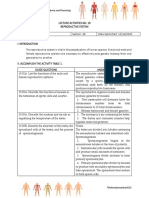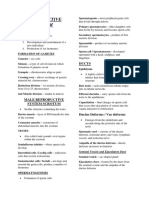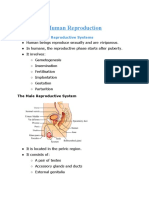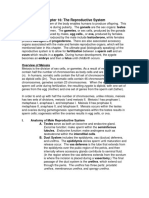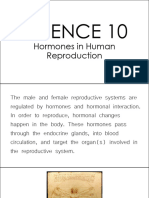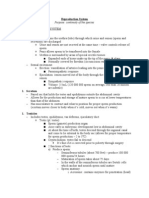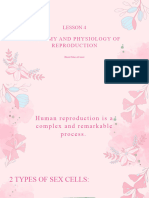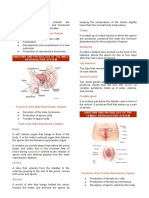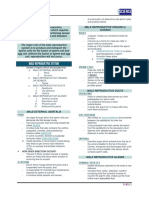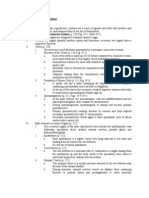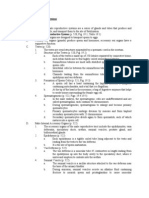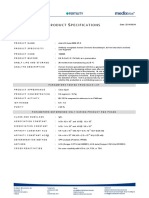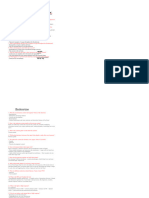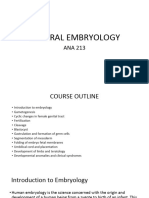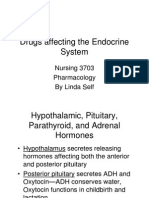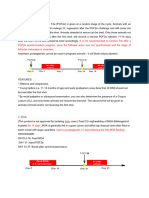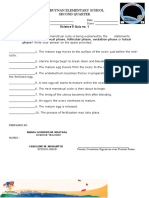0% found this document useful (0 votes)
27 views5 pagesAnaphy Notes
The document outlines the functions and physiology of the male and female reproductive systems, detailing the processes of gamete formation, hormonal regulation, and sexual behavior. It describes the anatomy and functions of reproductive organs, including the scrotum, testes, ovaries, and uterus, as well as the menstrual cycle and factors affecting fertility. Additionally, it covers the hormonal changes during puberty and menopause, and the causes of infertility in both males and females.
Uploaded by
Eucharistine SimbajonCopyright
© © All Rights Reserved
We take content rights seriously. If you suspect this is your content, claim it here.
Available Formats
Download as DOCX, PDF, TXT or read online on Scribd
0% found this document useful (0 votes)
27 views5 pagesAnaphy Notes
The document outlines the functions and physiology of the male and female reproductive systems, detailing the processes of gamete formation, hormonal regulation, and sexual behavior. It describes the anatomy and functions of reproductive organs, including the scrotum, testes, ovaries, and uterus, as well as the menstrual cycle and factors affecting fertility. Additionally, it covers the hormonal changes during puberty and menopause, and the causes of infertility in both males and females.
Uploaded by
Eucharistine SimbajonCopyright
© © All Rights Reserved
We take content rights seriously. If you suspect this is your content, claim it here.
Available Formats
Download as DOCX, PDF, TXT or read online on Scribd
/ 5

